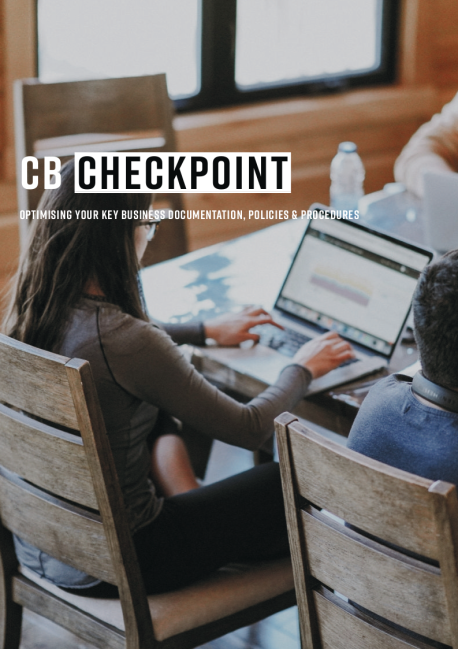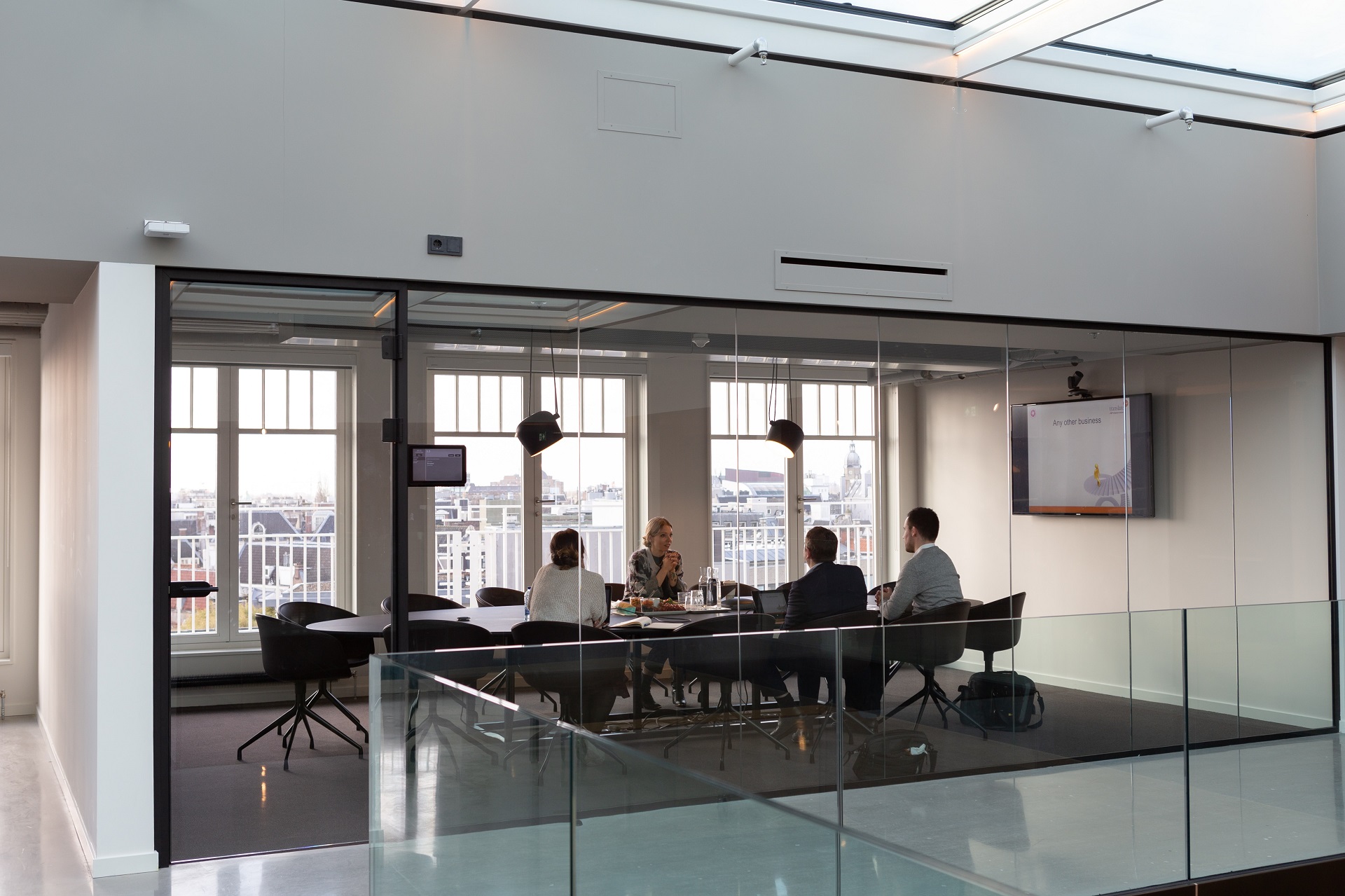
Longer Reads
Purchasing a private jet: The adviser’s perspective
The purchase of a private jet is a considerable undertaking and clients need careful guidance, finds Howard Ricklow.
2 minute read
Published 27 September 2019
Key information
- Specialisms
- Private Wealth
- Business
Private aviation for businesses and family offices holds an obvious appeal. However, the purchase of a private business jet is a significant undertaking in more ways than the financial investment required alone. There are significant legal, commercial and technical ramifications involved in the purchase – it is unlike purchasing other luxury trophy assets and clients will need particular support and guidance through the process. This article outlines the main considerations involved in the acquisition of a pre-owned business jet – the more common transaction type for most UHNW clients as first-time-buyers of a business jet.
Business jets range from very light jets, mid-size jets, super mid-sized jets, large jets and long-range jets; with the price dramatically increasing across that spectrum. It is essential to manage the client’s expectations, and to outline the process in its complexity right at the start of the undertaking. The acquisition process will typically take six weeks to complete.
The first consideration is whether the client would actually be better advised to rent rather than purchase an aircraft. Business jet dealers generally advise that if the client is not going to fly at least 150 hours a year, they should be renting. This is a crucial consideration as the cost of owning and maintaining a business jet can be in the region of £1 million per annum. This covers hangaring, maintenance and crew, whilst the fuel can cost an additional £250,000 if the client is to fly 200 hours annually.
Identifying the particular aircraft for purchase is a crucial decision. Factors which must be considered include the needed capacity for maximum number of passengers, maximum range they will require the aircraft to fly, the number of crew which will be required and an array of aesthetic issues such as the cabin height.
If purchasing is the right option for the client, the second consideration is how the purchase will be financed – will the client fully fund the acquisition, or will they require finance? Aviation lenders will typically lend a maximum of 70-80% of the purchase price. However, in some cases lenders will prefer a finance lease rather than loan finance. In this scenario – since the legal ownership of the aircraft will remain with the lending bank – there is less security documentation to be negotiated, although not all clients will be satisfied by leasing rather than purchasing the jet, despite the simpler process.
To navigate the transaction successfully, the client will need advice from a team including a lawyer, a broker, tax advisors, technical advisors, insurance brokers and valuers. A successful acquisition process is very much a team effort.
The typical aircraft acquisition transaction begins with the Letter of Intent (“LOI”). This establishes the initial deal terms and may be greatly negotiated, depending on the detail. This will be followed by the negotiation of deposit and escrow arrangements. A further contract, the Aircraft Purchase Agreement (“APA”), then follows. This will be based on the LOI but will include many more often lengthy provisions relating to the transaction.
The Pre-Purchase Inspection (PPI) is a critical stage in the process. This is the only opportunity to inspect the aircraft, and the details will be included in the LOI and/or APA. The inspection is carried out by an independent third party, who will ascertain that the aircraft is in the condition specified in the LOI or APA. The PPI is paid for by the purchaser and there is generally a great deal of negotiation regarding defects (there will always be some in a pre-owned aircraft), as the seller will be required to remedy them prior to delivery.
Tax advisors should be consulted with regard to customs duties and VAT if the aircraft is to be imported into the EU. A further crucial process to be undertaken includes title searches and dealings with aviation authorities in the jurisdictions where the aircraft is to be de-registered then registered.
The completion process requires all buyer and seller contractual conditions under the APA to be satisfied, the funds to be transacted and required documentation such as the Bill of Sale completed.
Then all is left is for your client to enjoy flights which will hopefully go as smoothly as the acquisition process!
This article was first published in Private Banker International, 27 September 2019.
Related content
Longer Reads
Purchasing a private jet: The adviser’s perspective
The purchase of a private jet is a considerable undertaking and clients need careful guidance, finds Howard Ricklow.
Published 27 September 2019
Private aviation for businesses and family offices holds an obvious appeal. However, the purchase of a private business jet is a significant undertaking in more ways than the financial investment required alone. There are significant legal, commercial and technical ramifications involved in the purchase – it is unlike purchasing other luxury trophy assets and clients will need particular support and guidance through the process. This article outlines the main considerations involved in the acquisition of a pre-owned business jet – the more common transaction type for most UHNW clients as first-time-buyers of a business jet.
Business jets range from very light jets, mid-size jets, super mid-sized jets, large jets and long-range jets; with the price dramatically increasing across that spectrum. It is essential to manage the client’s expectations, and to outline the process in its complexity right at the start of the undertaking. The acquisition process will typically take six weeks to complete.
The first consideration is whether the client would actually be better advised to rent rather than purchase an aircraft. Business jet dealers generally advise that if the client is not going to fly at least 150 hours a year, they should be renting. This is a crucial consideration as the cost of owning and maintaining a business jet can be in the region of £1 million per annum. This covers hangaring, maintenance and crew, whilst the fuel can cost an additional £250,000 if the client is to fly 200 hours annually.
Identifying the particular aircraft for purchase is a crucial decision. Factors which must be considered include the needed capacity for maximum number of passengers, maximum range they will require the aircraft to fly, the number of crew which will be required and an array of aesthetic issues such as the cabin height.
If purchasing is the right option for the client, the second consideration is how the purchase will be financed – will the client fully fund the acquisition, or will they require finance? Aviation lenders will typically lend a maximum of 70-80% of the purchase price. However, in some cases lenders will prefer a finance lease rather than loan finance. In this scenario – since the legal ownership of the aircraft will remain with the lending bank – there is less security documentation to be negotiated, although not all clients will be satisfied by leasing rather than purchasing the jet, despite the simpler process.
To navigate the transaction successfully, the client will need advice from a team including a lawyer, a broker, tax advisors, technical advisors, insurance brokers and valuers. A successful acquisition process is very much a team effort.
The typical aircraft acquisition transaction begins with the Letter of Intent (“LOI”). This establishes the initial deal terms and may be greatly negotiated, depending on the detail. This will be followed by the negotiation of deposit and escrow arrangements. A further contract, the Aircraft Purchase Agreement (“APA”), then follows. This will be based on the LOI but will include many more often lengthy provisions relating to the transaction.
The Pre-Purchase Inspection (PPI) is a critical stage in the process. This is the only opportunity to inspect the aircraft, and the details will be included in the LOI and/or APA. The inspection is carried out by an independent third party, who will ascertain that the aircraft is in the condition specified in the LOI or APA. The PPI is paid for by the purchaser and there is generally a great deal of negotiation regarding defects (there will always be some in a pre-owned aircraft), as the seller will be required to remedy them prior to delivery.
Tax advisors should be consulted with regard to customs duties and VAT if the aircraft is to be imported into the EU. A further crucial process to be undertaken includes title searches and dealings with aviation authorities in the jurisdictions where the aircraft is to be de-registered then registered.
The completion process requires all buyer and seller contractual conditions under the APA to be satisfied, the funds to be transacted and required documentation such as the Bill of Sale completed.
Then all is left is for your client to enjoy flights which will hopefully go as smoothly as the acquisition process!
This article was first published in Private Banker International, 27 September 2019.
Need some more information? Make an enquiry below.
Enjoy reading our articles? why not subscribe to notifications so you’ll never miss one?
Subscribe to our articlesMessage us on WhatsApp (calling not available)
Please note that Collyer Bristow provides this service during office hours for general information and enquiries only and that no legal or other professional advice will be provided over the WhatsApp platform. Please also note that if you choose to use this platform your personal data is likely to be processed outside the UK and EEA, including in the US. Appropriate legal or other professional opinion should be taken before taking or omitting to take any action in respect of any specific problem. Collyer Bristow LLP accepts no liability for any loss or damage which may arise from reliance on information provided. All information will be deleted immediately upon completion of a conversation.
Close






















